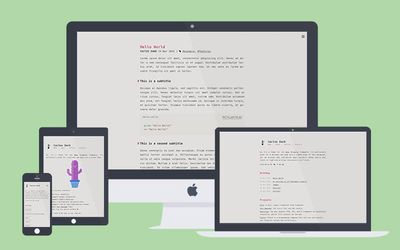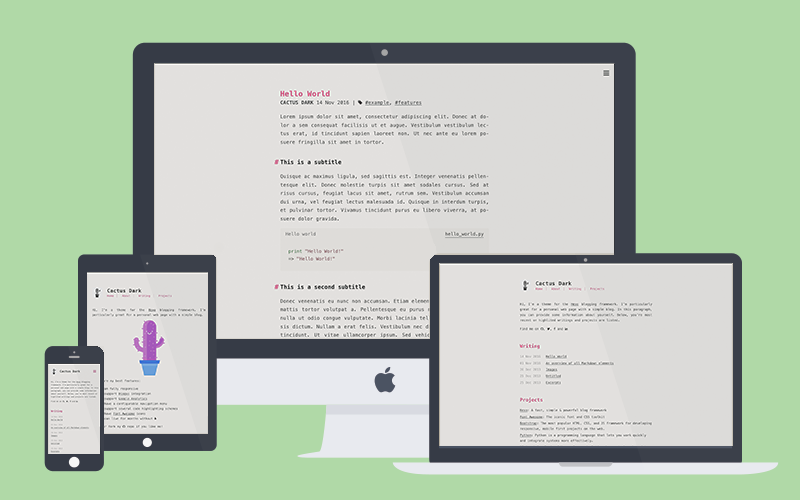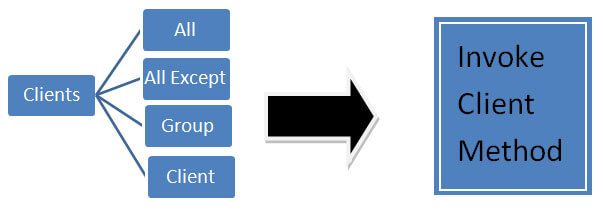

You cannot route queries to the CloudFront domain name for your distribution (such as ). The name of your Amazon Route 53 hosted zone (such as ) must match an alternate domain name in the CloudFront distribution. …to route queries to your CloudFront distribution. If you want to manage the incoming connections via WAF you can set a record being hosted in a public zone, and then using WAF to restrict access from outside with a custom rule for example.īut if you already know that swagger-ui interface will be only used internally (for documentation purposes for example) you can skip the WAF part and set the record to be into a private zone (not publicly accessible).

Now it’s time to set up Route53, and you have two options. This hands on assumes you already have at least one hosted zone and ACM already set-up cause I won’t cover the configuration of these two services. You can find out more about Swagger at or on, swagger.For this sample, you can use the.
#SWAGGER UI TEXT BLOCKS CODE#
Generate code to interact with other OpenAPI-compliant APIs, or generate new API endpoints based on.
#SWAGGER UI TEXT BLOCKS FULL#
To make the configuration more compliant and have full control over S3 security, I opted for the architecture shown in the diagram. Serves Swagger UI and OpenAPI 3 spec out of the box. On the other hand, however, the control over the permissions of the buckets containing the API definitions was very limited. swaggerui input text box for body parameters of type string is unusable 3271. In that case I would just populate those text boxes (using jQuery or. The advantage of this setup was to have a single configuration per swagger “templated” based on the environment in which it was deployed. Use Swagger UI to generate interactive API documentation that lets your. I need help with authorization for an API that I am developing a Swagger UI console. Within the company I work for, swagger was deployed as a microservice on an ECS cluster, one task per environment (test, acceptance and production).

Swagger includes automated documentation, code generation, and test-case generation (Wikipedia).
#SWAGGER UI TEXT BLOCKS SOFTWARE#
Swagger is used together with a set of open-source software tools to design, build, document, and use RESTful web services. It helps you write API docs in the Swagger style in Ruby and then automatically build JSON that is compatible with Swagger UI. This can be done by disabling the Swagger UI from the API Platform configuration file and manually adding the Swagger UI controller.For those who don’t know, swagger is an Interface Description Language for describing RESTful APIs expressed using JSON. Swagger::Blocks is a DSL for pure Ruby code blocks that can be turned into JSON. Sometimes you may want to have the API at one location, and the Swagger UI at a different location. rabbit/create post App\Controller\RandomRabbit Create a rabbit picture # Pop a great rabbit picture by color!! The following configuration will give you total control over your OpenAPI definitions: Sometimes you may want to change the information included in your OpenAPI documentation.

The impact on the swagger-ui is the following: Resource for managing permanent stored documents and their metadata. Decorated = $decorated } public function _invoke ( array $context = ) : OpenApi


 0 kommentar(er)
0 kommentar(er)
